Bark Soil for Pomegranate Trees?
westes Zone 9b California SF Bay
last year
last modified: last year
Featured Answer
Sort by:Oldest
Comments (6)
ken_adrian Adrian MI cold Z5
last yearwestes Zone 9b California SF Bay thanked ken_adrian Adrian MI cold Z5Related Discussions
Bark In Bonsai Soil
Comments (2)Try posting again to the main forum. Since the gallery is for pictures, maybe no one has seen your question...See MoreBark for making potting soil
Comments (7).... not a good choice for several reasons. Hardwood products break down quickly and at some point during the composting process you'll get a very high pH spike. Because they break down very quickly, which pretty much ensures a high degree of N immobilization, they also generate high temperatures as they compost in the containers (like a hot compost pile) which is a more significant issue than most growers realize. Conifer bark, otoh, is rich in the lipid, suberin, which dramatically impedes the ability of microorganisms to cleave the hydrocarbon chains the bark is made of; so, pine bark breaks down so slowly none of these issues are of much consideration, though fresh bark (and even peat) does temporarily cause some N immobilization .... easy to remedy by using fertilizers with more N than either P or K. I've settled on 3:1:2 ratios as the best choice for container culture, partly for that reason, but also because my trees all seem happiest and perform best with that ratio. Where do you live? It would be helpful if you just included your state or a large city near you in your user info so we could all see. The reason I ask is> after years of helping people figure out recipes and find container soil ingredients, I can sometimes offer insights, and it might help me gauge how difficult/easy it might be for you to find pine (or fir) bark in your neighborhood. Al...See MoreBest soil for dwarf pomegranate tree?
Comments (2)It's not quite as simple as just buying a pre-made potting mix. Most are usually quite deficient in their ability to maintain a containerized plant long term. I'd suggest you investigate the Container Gardening forum - there are numerous discussions on soil mixes but the 5-1-1 or gritty mix are two that are discussed at length as offering the best conditions and potential for any containerized plant (houseplant, citrus, succulent or any outdoor plant). Two links in particular will help you: this one on container soils and also one on growing tree in containers. The Container Gardening forum is very active and there are many knowledgeable participants that can help you with any questions....See MorePomegranate Tree Beginner Questions
Comments (5)"...until growth activity resumes or continues." (from above). I'm not familiar with the water requirements of pomegranate. In general, probe the soil 4 to 5" down, and if dry, apply water. You can also become familiar with the weight of the watered plant, and when the pot is lifted or tipped up, it will seem much lighter when dry. In many cases, if water is applied quickly to a potted plant, most of the water runs down the insides of the pot. Unless the root ball was really loose, water needs to be applied slowly right at the trunk, and allowed to seep in. A sprinkler would be one way of watering slowly. If your tree doesn't wilt or drop leaves at all, it can go back out in the sun, give it a week first to see how it reacts to the transplant....See Morewestes Zone 9b California SF Bay
last yearwestes Zone 9b California SF Bay
last yearlast modified: last yeartapla (mid-Michigan, USDA z5b-6a)
last yearwestes Zone 9b California SF Bay thanked tapla (mid-Michigan, USDA z5b-6a)westes Zone 9b California SF Bay
last year
Related Stories
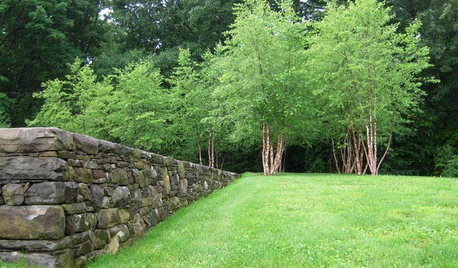
LANDSCAPE DESIGNFlood-Tolerant Native Trees for Soggy Soil
Swampy sites, floodplains, even standing water ... if you've got a soggy landscape, these trees are for you
Full Story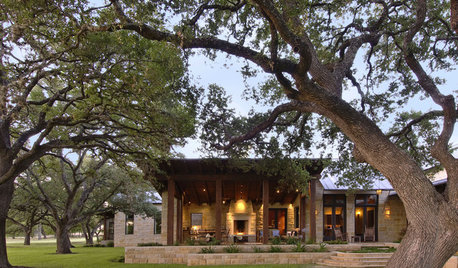
GARDENING GUIDESTree Care: Common Tree Diseases and What to Do About Them
Learn to recognize trees that may be affected by diseases or pests so you can quickly take action
Full Story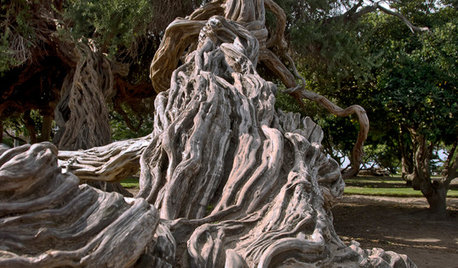
GARDENING GUIDESGreat Design Tree: Australian Tea Tree
A living sculpture with an unmistakable appearance, this coastal native creates an intriguing landscape scene
Full Story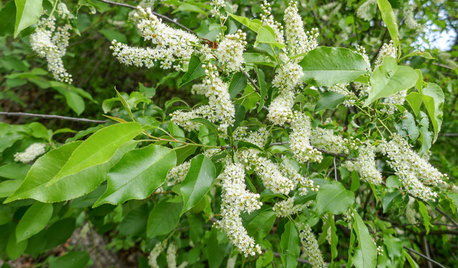
GARDENING GUIDESPlant Black Cherry Trees for the Birds and Bees
Plant Prunus serotina in the Central and Eastern U.S. for spring flowers, interesting bark and beautiful fall color
Full Story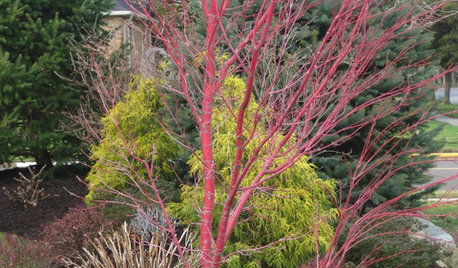
TREESGreat Design Plant: Coral Bark Japanese Maple, a Winter Standout
Go for garden gusto during the chilly season with the fiery red stems of this unusual Japanese maple
Full Story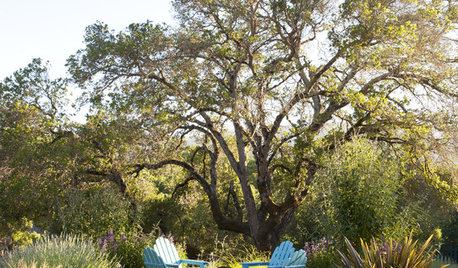
GARDENING GUIDESWhat to Plant Under Western Native Oak Trees
Keep your tree healthy by underplanting with ground covers, grasses, perennials and shrubs that thrive in dry summer conditions
Full Story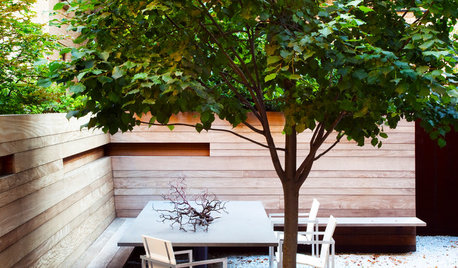
LANDSCAPE DESIGNPretty Trees for Patios, Paths and Other Tight Spots
Choose trees for their size, shape and rate of growth — or shape them to fit your space. Here's how to get started
Full Story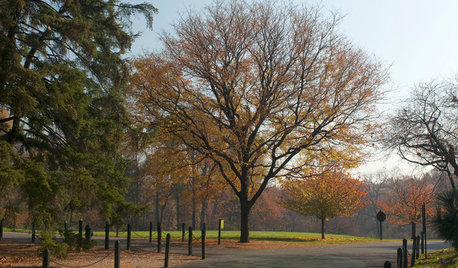
GARDENING GUIDESGreat Design Plant: Honey Locust Tree
No, it doesn't actually produce honey. But its dappled light and tolerant nature are treats in city and country settings alike
Full Story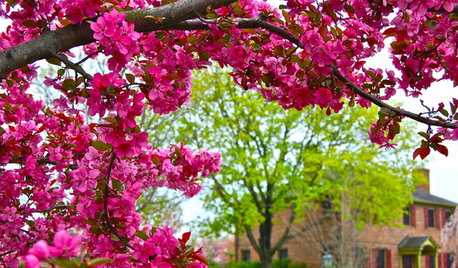
FALL GARDENING6 Trees You'll Fall For
Don’t put down that spade! Autumn is the perfect time for planting these trees
Full Story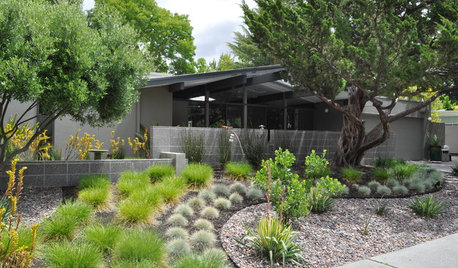
GARDENING GUIDESHow to Pick a Mulch — and Why Your Soil Wants It
There's more to topdressing than shredded wood. Learn about mulch types, costs and design considerations here
Full Story




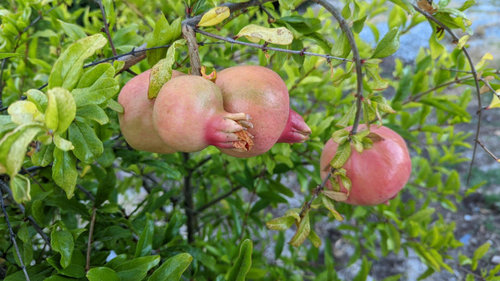
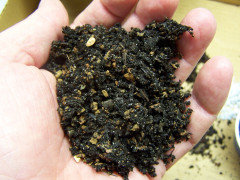
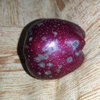
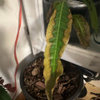
floral_uk z.8/9 SW UK